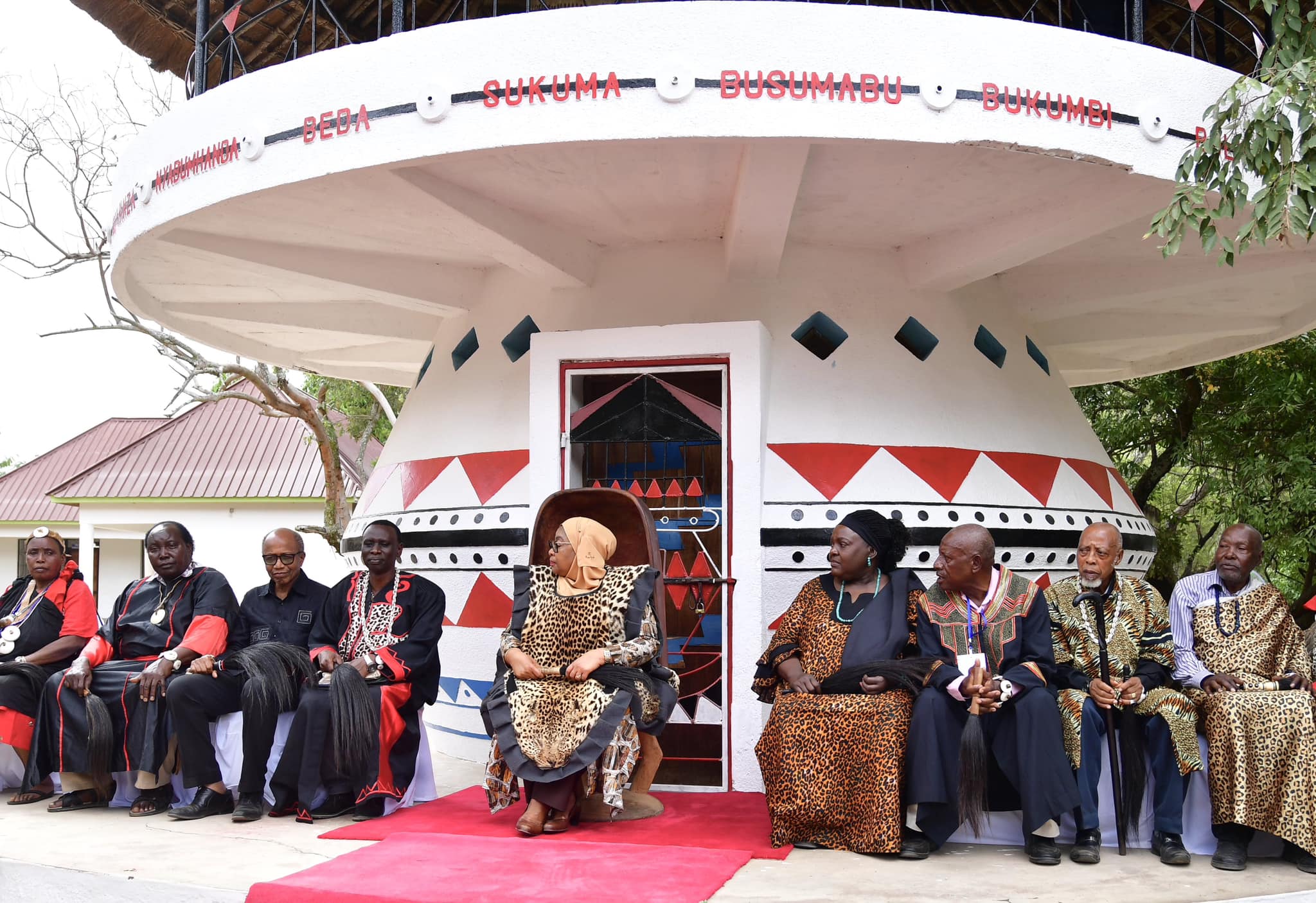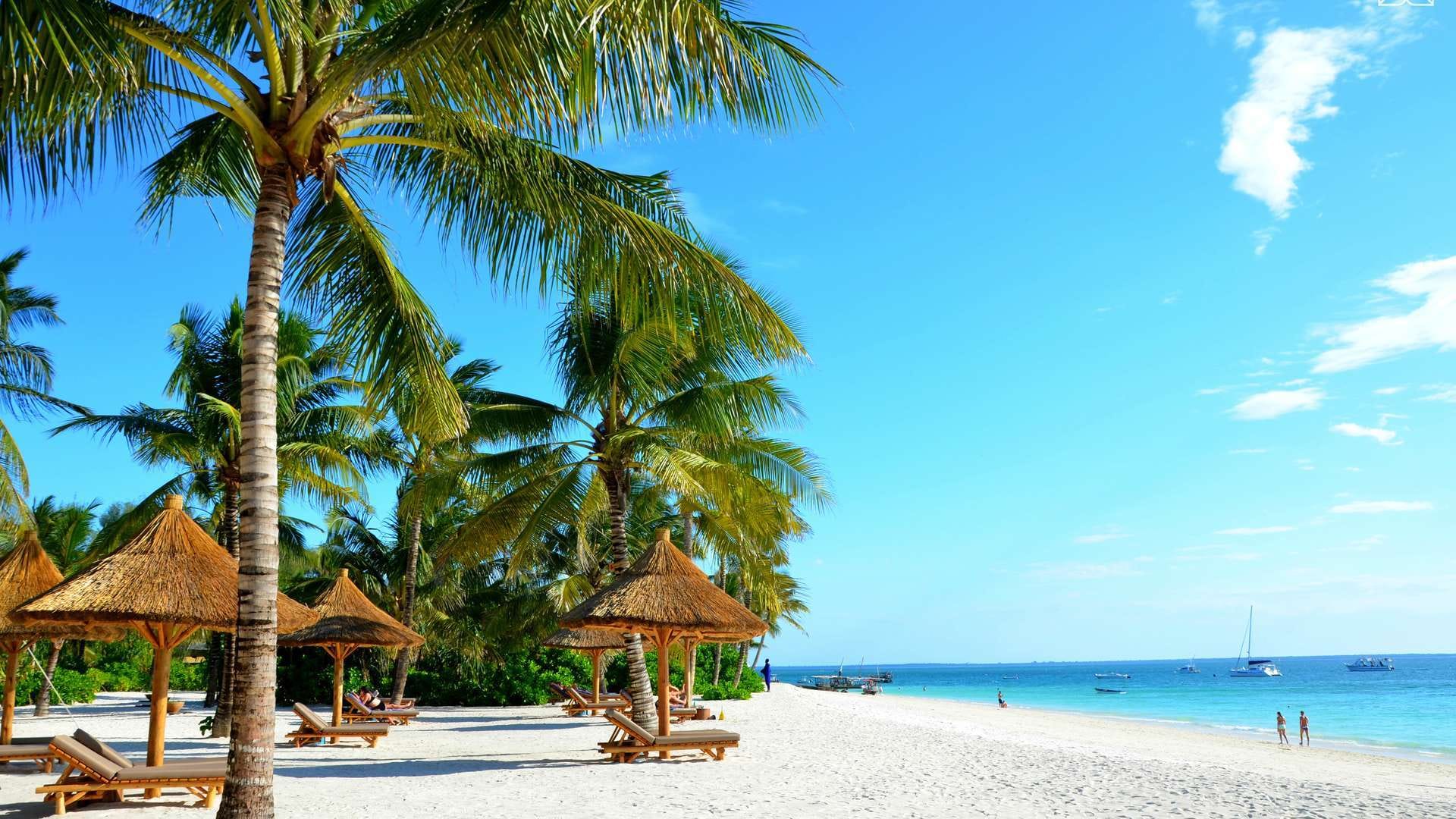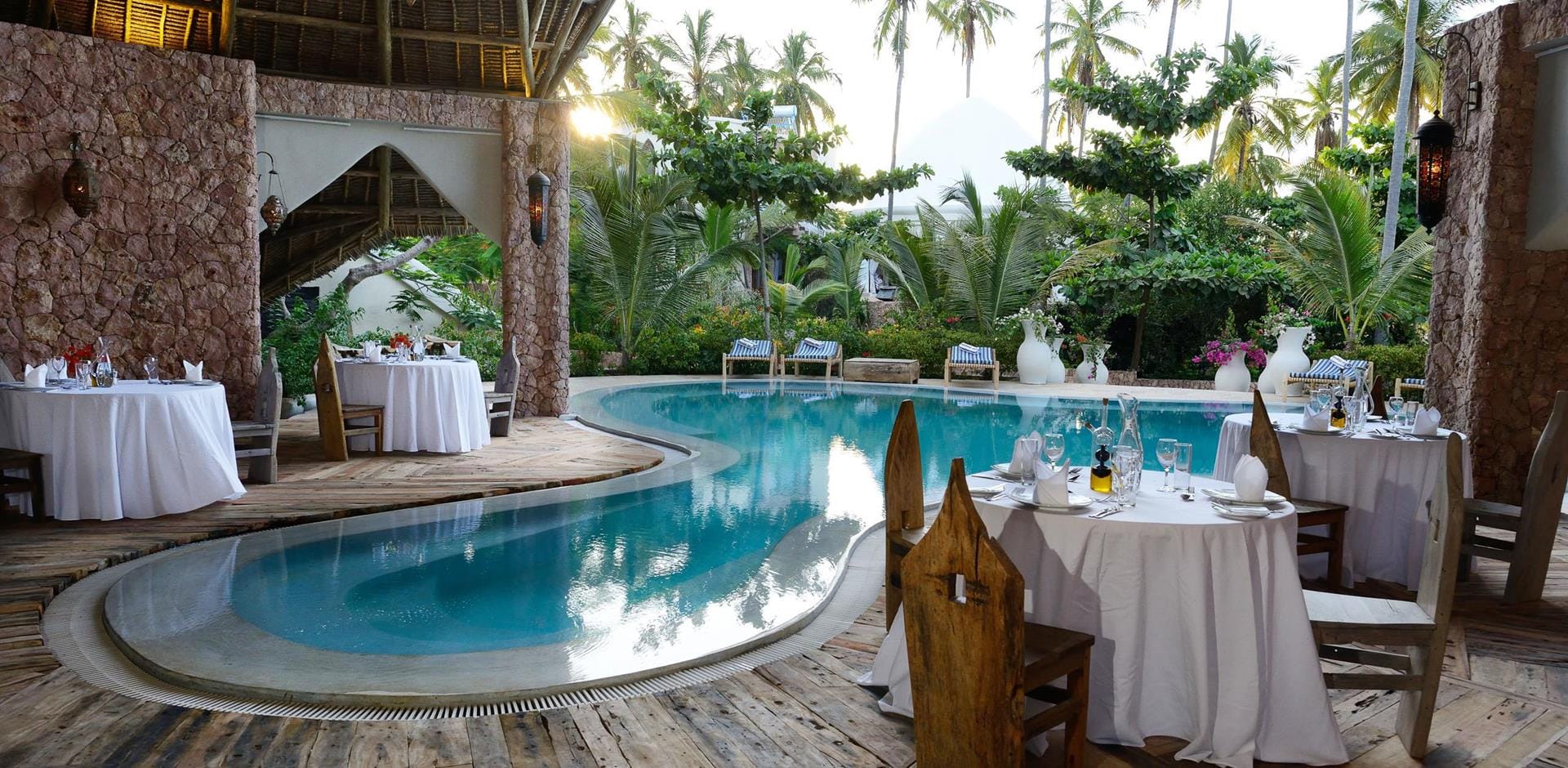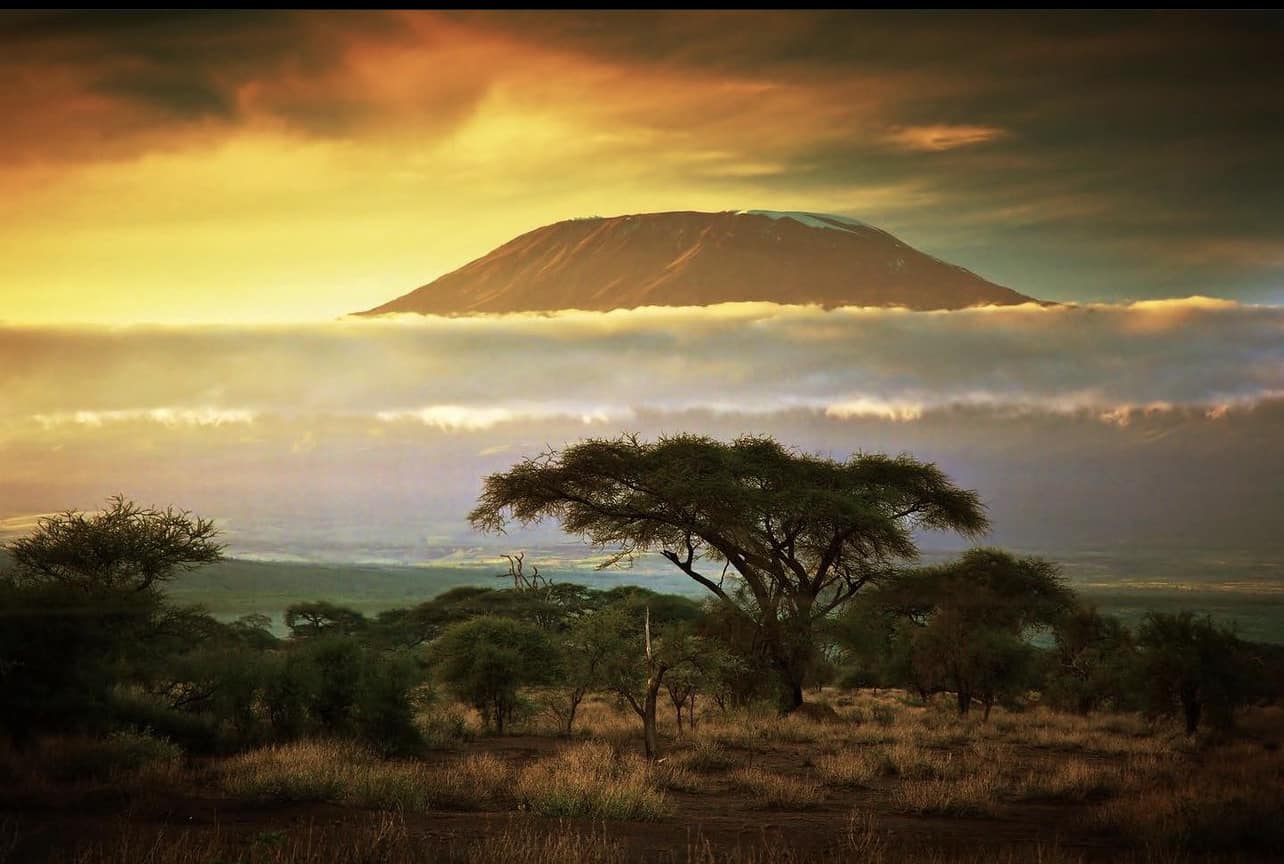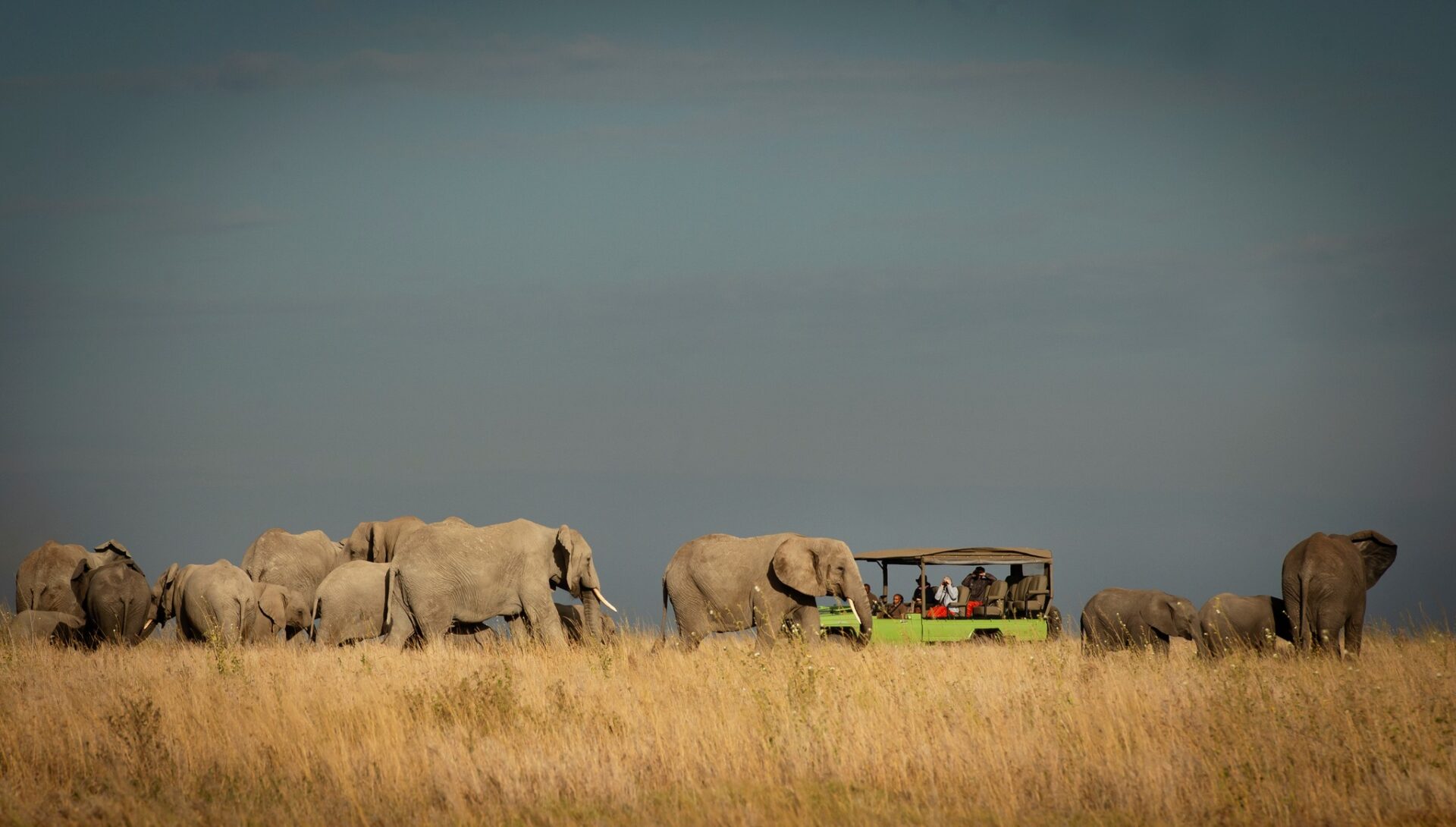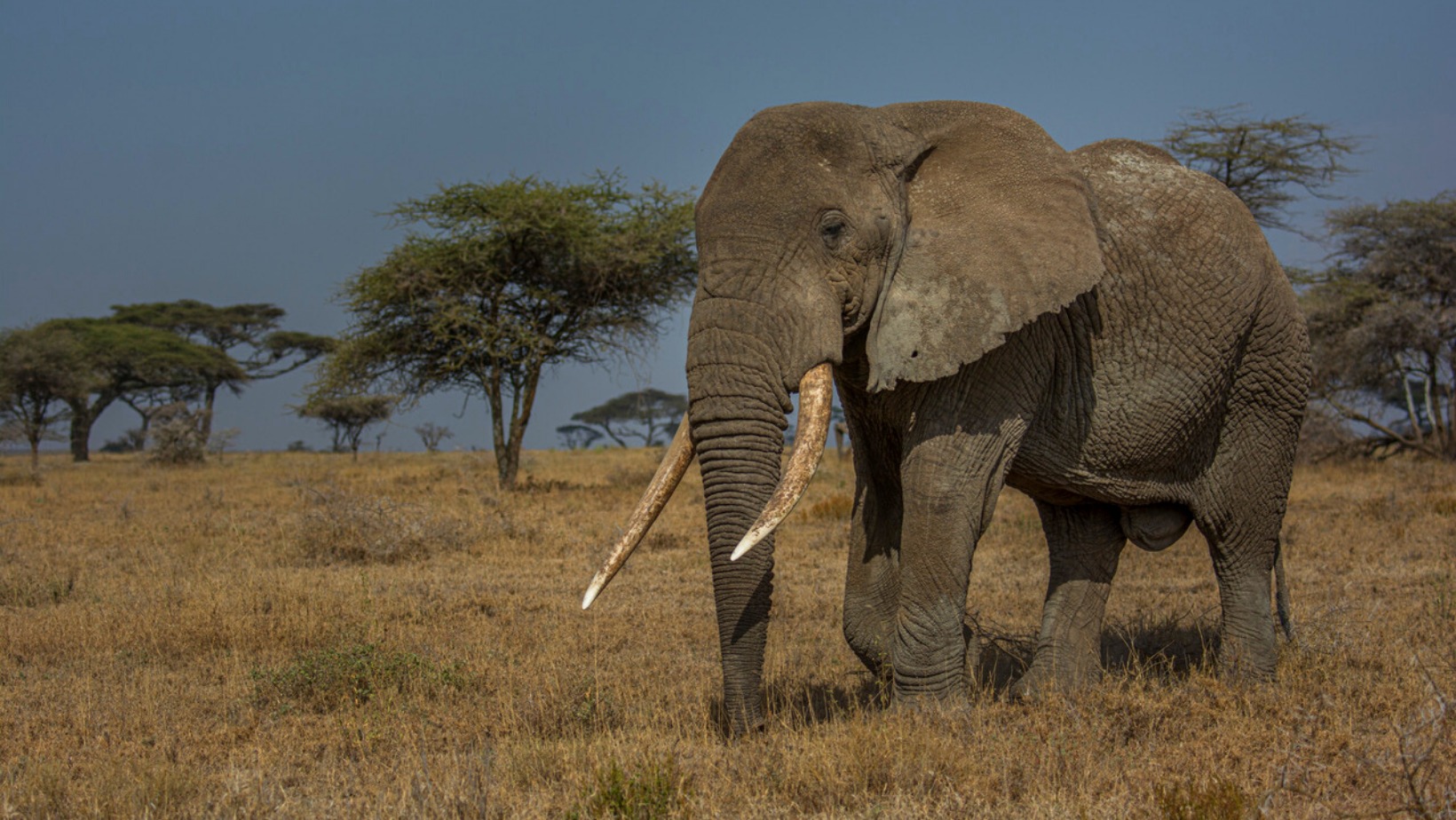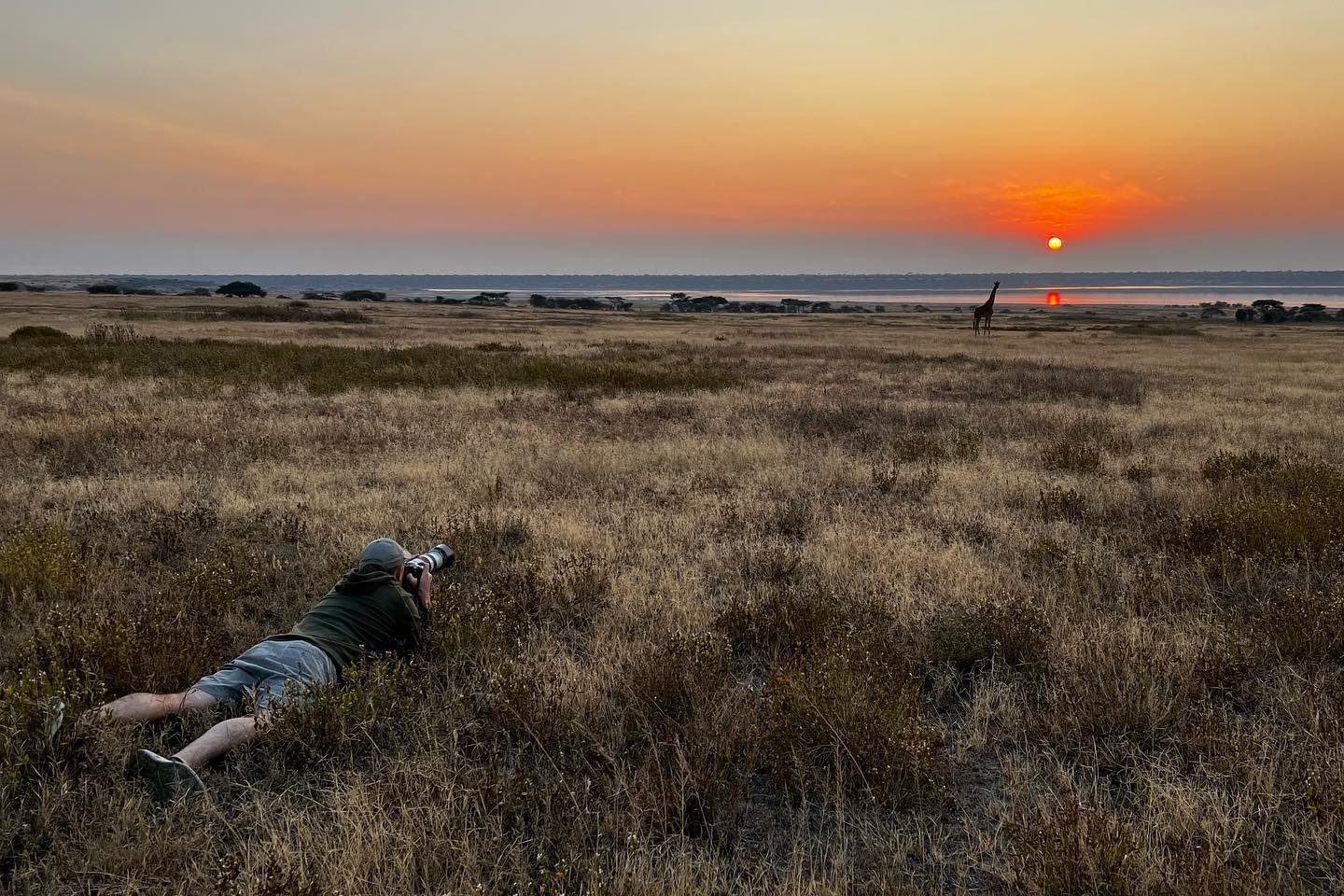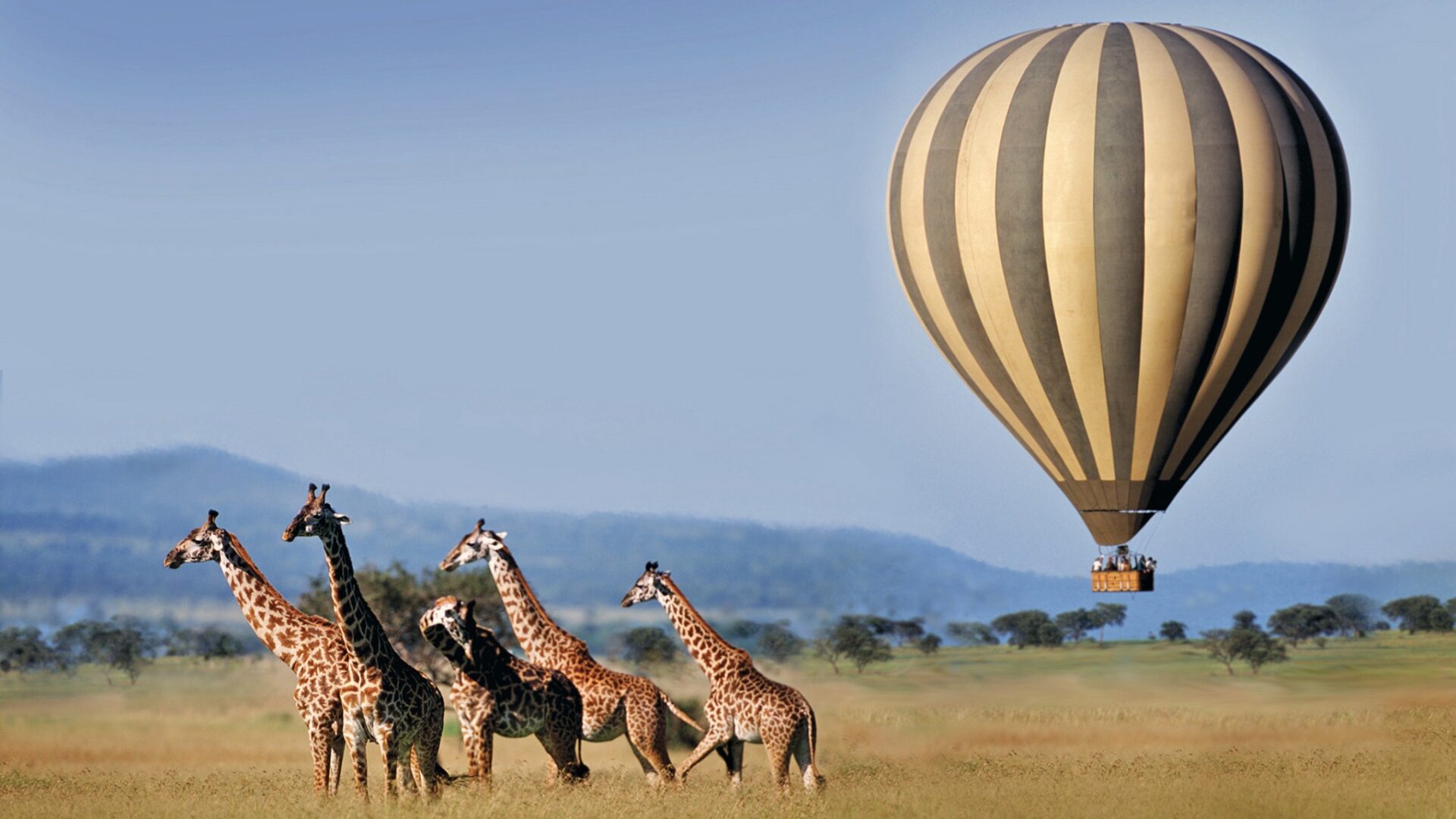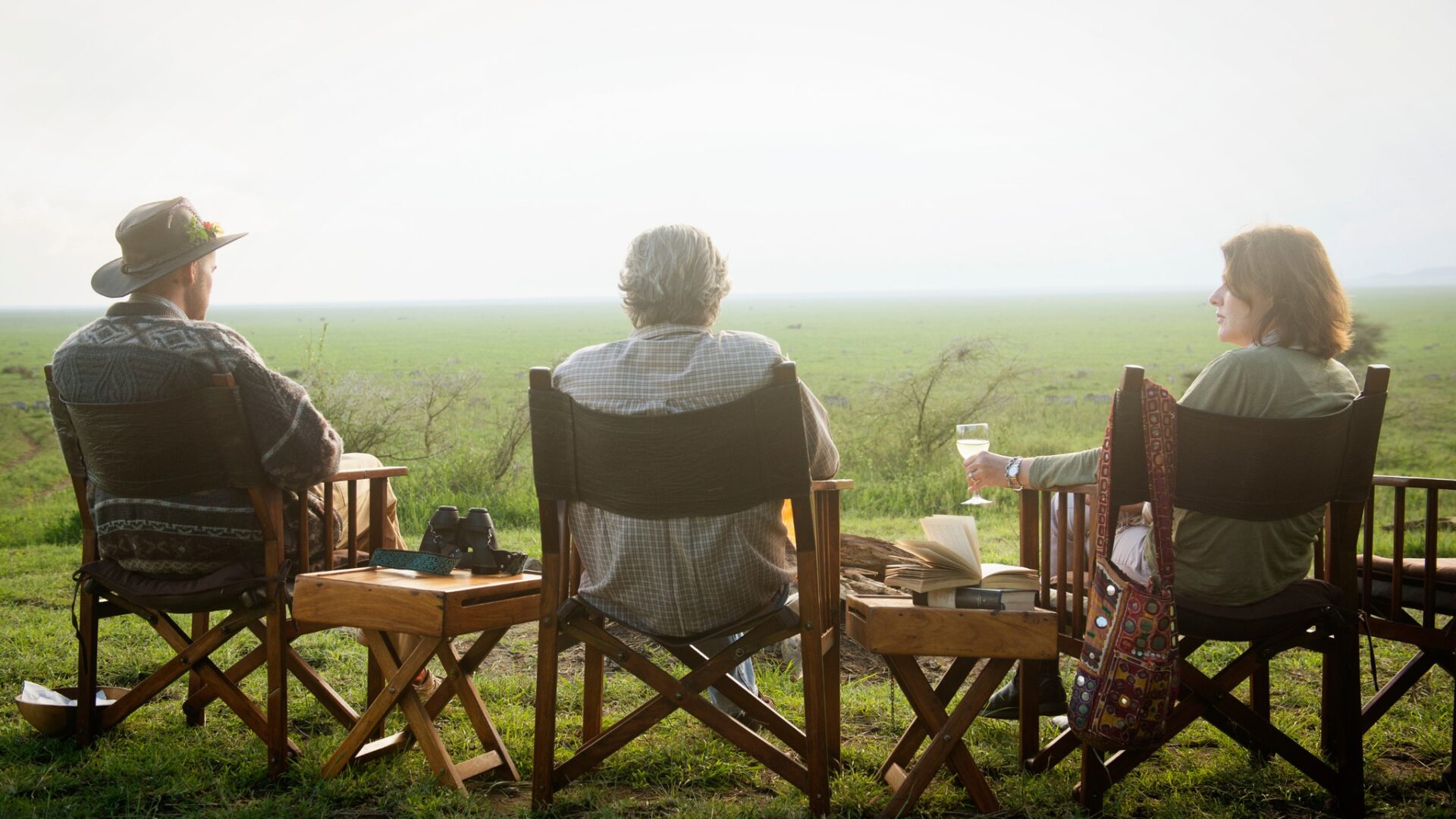The Dynamic Components of Tourism: A Blend of Tangible and Intangible Experiences
Tourism is a multifaceted product that encompasses a diverse array of tangible and intangible components, offering a unique blend of experiences to its consumers. It comprises not only the traditional products of the industry, such as accommodation, transport, and entertainment, but also factors like accessibility, weather, value for money, contacts with local people, and the realisation of expectations.
Furthermore, tourism as a service industry provides an exceptional opportunity for its consumers to actively engage in the creation and consumption of tourism services. In their dual roles as both consumers and producers of tourism services, tourists actively participate in planning their trips, booking tickets, and creating customised packages. Subsequently, they immerse themselves in these experiences as typical consumers. This distinctive characteristic sets tourism apart from other industries, emphasising the need for a customer oriented marketing approach.
Leisure tourism, which encompasses holidays, short breaks, sports, education, culture, religion, and social and spiritual purposes of travel, constitutes one of the primary groups within the tourism industry.
This segment caters to the diverse interests and preferences of travellers, offering a wide range of experiences to suit their individual needs. Another significant group within the tourism industry is VFR, or visiting friends and relatives. This category reflects the personal and emotional aspects of travel, as individuals seek to connect with their loved ones and immerse themselves in local cultures and traditions. The emotional and social dimensions of VFR(visiting friends and relatives) travel contribute to the richness of the overall tourism experience.
In addition to these primary groups, the tourism industry also encompasses business travel, which serves the needs of professionals and organisations seeking to conduct meetings, conferences, and other corporate activities in diverse locations. This segment plays a crucial role in driving economic growth and fostering global connectivity. The holistic nature of tourism as a product underscores the importance of understanding and catering to the diverse needs and preferences of travellers.
It is therefore essential for the industry to adopt a customer-centric approach, ensuring that the experiences offered align with the expectations and desires of tourists. By recognising tourists as active participants in the creation and consumption of tourism services, the industry can enhance the overall quality and relevance of the experiences it provides.
Furthermore, the intangible aspects of tourism, such as cultural immersion, personal enrichment, and emotional connections, play a pivotal role in shaping the overall appeal of travel experiences. These intangible elements contribute to the creation of meaningful and memorable experiences for tourists, fostering a deep sense of satisfaction and fulfilment.
The travel and tourism industry forms a unique system that involves various interconnected components. This system encompasses three main areas: the tourism generating region, the tourism receiving region, and the intermediaries between these regions. Each area plays a crucial role in facilitating the movement of tourists and ensuring their experiences are seamless and enjoyable.
This region is characterised by an outgoing flow of tourists, who are serviced and sent by various entities within the in-country industry. Primary players in this sector include travel agencies and tour operators, which directly facilitate the travel arrangements for tourists. Additionally, secondary entities such as insurance companies and banks also contribute to the smooth functioning of this outgoing flow by providing necessary financial and security services.
The tourism receiving region is equipped with the necessary infrastructure to accommodate incoming tourists. This infrastructure includes hotels, restaurants, and other components of the food and beverage sector, as well as various attractions and amenities designed to enhance the tourist experience. The tourism receiving region plays a pivotal role in providing a welcoming and comfortable environment for visitors, thereby contributing to the overall success of the travel and tourism system.
Intermediaries
The intermediary sector plays a pivotal role in connecting the generating and receiving regions. This encompasses a wide range of transportation providers, including airlines, road, rail, and sea travel. Additionally, travel companies play a crucial role in coordinating and managing the logistics of travel, ensuring that tourists can seamlessly transition from the generating region to the receiving region.
The Allure of Tourism: A Catalyst for Economic Growth and Environmental Preservation
Tourism has emerged as a burgeoning industry, captivating individuals with its multifaceted appeal. Its allure lies in its ability to disseminate wealth and prosperity, foster local economies, harness natural resources, and promote environmental conservation.
Since the dawn of history, humans have been driven by the impulse to travel, whether for business, military endeavours, or leisure pursuits. The pages of history bear testament to the enduring spirit of exploration, with references to travel found in religious scriptures such as the Bible. From the epic voyage of Noah’s Ark to the prolonged journey of Moses and his tribe, travel has been an integral part of human existence.
The ancient Egyptians, renowned for their ingenuity, favoured river transportation as a cost-effective means of travel. The natural flow of the river Nile facilitated their expeditions, enabling them to traverse the Mediterranean Sea and return to inland Africa with ease. Similarly, the Greeks embarked on journeys for both commercial and leisure purposes, seeking the wisdom of the Dolphin Oracle and partaking in the exhilarating spectacle of the Olympic Games.
The legacy of the Romans endures through their intricate network of roads, which serves as a testament to their advanced civilisation. These ancient civilisations laid the groundwork for the evolution of travel and tourism, setting the stage for the modern-day industry that we witness today.
In contemporary times, tourism has burgeoned into a thriving industry, serving as a catalyst for economic growth and prosperity. The influx of tourists injects vitality into local economies, creating employment opportunities and fostering entrepreneurship. Small businesses, such as local eateries, artisanal shops, and tour operators, benefit from the increased tourist footfall, thereby contributing to the overall prosperity of the community.
Furthermore, tourism harnesses natural resources and infrastructure, leveraging the inherent beauty of landscapes and cultural heritage to entice travellers. The allure of pristine beaches, majestic mountains, and historical landmarks serves as a magnet for tourists, who seek to immerse themselves in the splendour of diverse locales.
This symbiotic relationship between tourism and natural resources underscores the industry’s potential to harmonise economic development with environmental preservation.
Furthermore, tourism transcends geographical boundaries, unfettered by trade barriers that often impede other industries. The seamless flow of tourists across international borders fosters cultural exchange and mutual understanding, enriching the fabric of global interconnectedness. This unrestricted movement of people engenders a sense of unity and solidarity, transcending linguistic and cultural disparities.
In addition to its economic impact, tourism plays a pivotal role in environmental conservation. Sustainable tourism practices prioritise the preservation of natural habitats and ecosystems, ensuring that future generations can continue to revel in the splendour of our planet. Initiatives such as eco-tourism and wildlife conservation efforts underscore the industry’s commitment to safeguarding the environment, thereby aligning economic pursuits with ecological stewardship.
Furthermore, the benefits of tourism extend beyond the realm of economic prosperity and environmental preservation. Local communities benefit from tourism through the provision of essential facilities and amenities that cater to both residents and visitors. Infrastructure development, such as improved transportation networks, healthcare facilities, and recreational spaces, enhances the quality of life for locals while enhancing the overall appeal of tourist destinations.
The Evolution of Tourism: From the Dark Ages to the Age of Discoveries
Following the collapse of the Roman Empire, Europe entered a period of decline known as the Dark Ages. During this period, the region faced numerous challenges, including the destruction of roads and frequent attacks by barbarians. However, by the end of the 12th century, a new era began with the emergence of pilgrimages and the advent of crusades, which aimed to reclaim the holy lands for Christianity. These developments not only impacted the establishment of tourism infrastructure, such as wells, inns, caravanserais, and hotels, but also transformed Europe into a unified transportation network with routes connecting Asia, Africa, and the Far and Middle East. Subsequently, the Age of Discoveries commenced, marking the beginning of intercontinental tourism. Notable explorers such as Columbus, Vasco da Gama, and Hernando Cortes returned with valuable treasures to Europe, enriching not only its wealth but also its social, cultural, and intellectual spheres. Furthermore, Queen Elizabeth’s diplomatic initiatives led to the dispatch of young English aristocrats to explore Europe.
The Dark Ages and the Rise of Pilgrimages and Crusades
Following the collapse of the Roman Empire, Europe experienced a period of decline and instability. The destruction of roads and the prevalence of barbarian attacks hindered travel and trade. The emergence of pilgrimages and crusades, however, brought about a renewed interest in travel. Pilgrims embarked on long journeys to holy sites, seeking spiritual enlightenment.
The Crusades were initiated with the intention of reclaiming the Holy Lands from Muslim control, inspiring a sense of adventure and exploration.
Impact on Tourism Infrastructure and Transportation
The rise of pilgrimages and crusades led to the development of tourism establishments. These included wells, inns, caravanserais, and hotels, which were established along popular pilgrimage routes. These establishments provided accommodation, food, and other services to travellers.
The necessity for secure and expedient travel routes gave rise to the establishment of a unified transportation network. Europe became a nexus for trade and travel, linking disparate regions such as Asia, Africa, and the Far and Middle East.
The Age of Discoveries and the Emergence of Intercontinental Tourism
The Age of Discoveries marked a pivotal turning point in the history of tourism. Explorers such as Columbus, Vasco da Gama, and Hernando Cortes embarked on voyages of exploration.
These explorers returned with a plethora of treasures, including exotic goods, spices, and precious metals. The influx of wealth from these discoveries had a profound impact on European society, leading to the flourishing of the Renaissance movement and the dissemination of new ideas, art, and culture across Europe.
The English aristocracy’s return from their travels brought with them a wealth of knowledge, ideas, and customs, enriching English society. Their exposure to different cultures and languages broadened their perspectives. The Age of Discoveries saw the advent of intercontinental tourism, with explorers such as Columbus and Vasco da Gama opening up new trade routes and bringing back treasures from distant lands. Furthermore, Queen Elizabeth’s diplomatic efforts facilitated cultural exchange and enriched European society. These historical milestones have shaped the world we live in today, fostering global connections and promoting the exchange of ideas, cultures, and experiences.
The Birth of Mass Market Tourism: A Revolution in Travel
The phenomenon of mass market tourism has its origins in the early 19th century. This article examines the key factors that contributed to the rise of mass market tourism, including industrialisation, urbanisation, transportation advancements, and the growth of the middle class. It also analyses the pivotal role played by Thomas Cook, the undisputed father of mass tourism and the first tour operator.
The initial phase (early 19th century – 1915) saw significant changes taking place before the outbreak of World War I. Industrialisation was transforming societies, leading to a shift from rural areas to towns. As towns became overcrowded, people sought ways to escape the hustle and bustle, giving rise to the concept of city breaks and short stays.
Industrialisation and Urbanisation:
The rapid industrialisation of the nineteenth century resulted in the growth of urban areas. As factories and industries flourished, people migrated from rural areas to towns in search of employment opportunities. This urbanisation created a need for people to find respite from the crowded cities, leading to the emergence of travel as a means of escape.
Middle Class Travel, Popularisation, and Diversification:
The rise of the middle class played a crucial role in the popularisation and diversification of travel. The advent of social and labour rights, including improved salaries, shorter working weeks, and weekends off, enabled a greater number of people to afford and take advantage of new travel experiences. This led to a surge in demand for such experiences.
Revolution in Transportation:
The development of steam and oil engines during this period revolutionised transportation. The advent of steamships in Scotland in 1812 and railways in England in 1825 significantly reduced the costs and increased the speed of travel. These developments made travel more accessible to the masses, marking a turning point in the history of tourism.
One of the key milestones in mass tourism was the opening of mountain railroads in Switzerland in 1871. This enabled travellers to access previously inaccessible regions, such as the Alps. The fascination with exploring new landscapes and the desire for adventure fuelled interest in travelling, further driving the growth of mass tourism.
Increased Consumer Demand:
As incomes rose and the middle class expanded, consumer demand for travel experiences increased. People sought to broaden their horizons, experience different cultures, and escape the monotony of everyday life. This surge in demand led to the development of travel packages and the birth of the tour operator industry. Thomas Cook, a name synonymous with mass tourism, played a pivotal role in shaping the industry. He is often credited as the inventor of the “all-inclusive” concept, as he introduced the first tour operating package. Cook’s innovative approach to travel, which included arranging transportation, accommodation, and guided tours, revolutionised the way people travelled.
In conclusion, the advent of mass market tourism can be attributed to a confluence of factors, including industrialisation, urbanisation, transportation advancements, and the rise of the middle class. Thomas Cook’s pioneering efforts in creating all-inclusive travel packages laid the foundation for the modern tourism industry. In reflecting on the past, it becomes evident that mass market tourism has undergone considerable evolution. Its continued growth and development serve as a testament to the enduring human desire to explore and experience the world.
Tanzania Media
- Kanyala Ferry Launch: TEMESA’s New Service for 15,000 Sengerema Residents (Mwanza) - 18 August 2025
- Russia-Tanzania Naval Cooperation: How the Smolny Training Ship Boosts Dar es Salaam’s Maritime Security - 18 August 2025
- Tanzania’s ICGLR Commitment: Stabilising the DRC & Great Lakes Region - 18 August 2025






